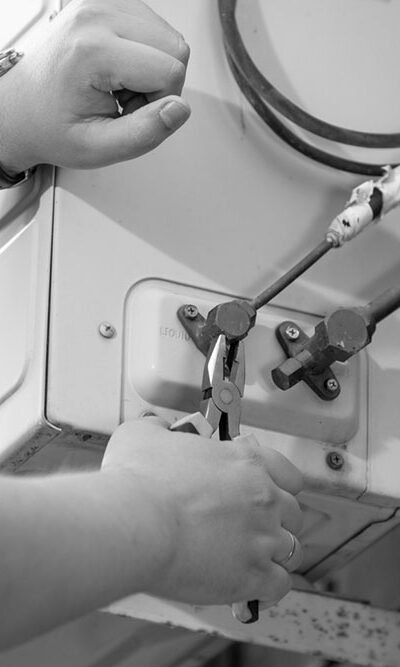
Home and Garden
13 Tips to Make a Low-Vision Friendly Home
If you are one of the millions affected by macular degeneration, you must know that this degenerative eye disease can make everyday activities difficult. Even something as simple as reading a book or watching TV can be challenging. For example, you can do a few things to stay comfortably at home with low vision. In this article, we will share 13 tips on making a low-vision-friendly home to make everyday living easier. What is macular degeneration? It is a condition that impacts the macula, which is the central part of the retina, and occurs when the macula deteriorates or breaks down. Macular degeneration symptoms Symptoms of macular degeneration include blurred or distorted vision, difficulty reading or seeing fine details, and a change in color perception. If you experience any of these symptoms, you should see an eye doctor for a comprehensive dilated eye exam. Why does a low-vision-friendly home play a crucial part in patients with macular degeneration? A low-vision-friendly home design helps people with macular degeneration live as independently as possible while still enjoying their surroundings. In addition, it can provide them with a safe and functional environment to improve their contrast and visibility. Helpful tips for a low-vision friendly home Use bright and contrasting colors Using bright colors can help make objects more visible and easier to see. This will help to increase the visibility of things in your environment and make it easier to navigate. Make sure there is plenty of natural light during the day, and consider installing additional lighting fixtures to help brighten up the space. Keep things organized and uncluttered One of the most important things you can do to help manage macular degeneration is to keep things organized and uncluttered. Try keeping all your documents in one place (like on a computer or filing cabinet) rather than scattering them around the house.
Read More 

















